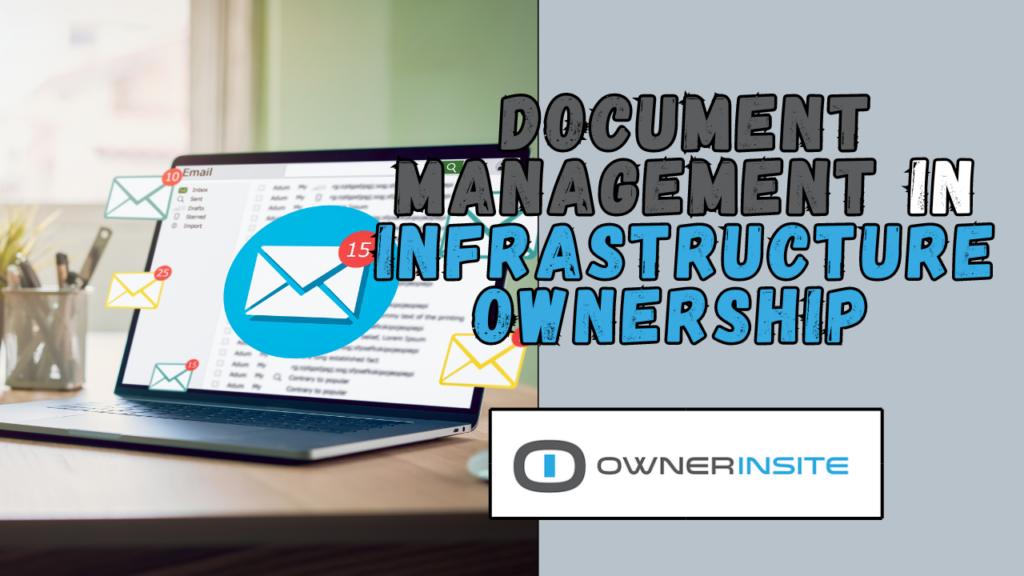What November’s stunning bond election means for current school construction projects.
When Texas voters went to the polls on November 2, 2021, they reversed a decade-long trend of financial support for school construction. For the first time since 2011, a majority of school district bonds on the ballot failed to win voter approval. Voters rejected propositions not only for stadiums or fine arts facilities, but also many that would have funded new campuses in fast-growing districts, replaced aging and inefficient HVAC systems, or repaired leaky roofs or added classrooms to existing buildings.
In the weeks since the election, it’s become clear that the Texas results are not an outlier. Voters across the country rejected school bonds at a significantly higher-than-average rate. Whether it’s a result of COVID-related economic anxiety or increased politicization surrounding curriculum and instruction, 2021 saw a dramatic drop in voter trust. Whether that about face is the beginning of a new — and, for school leaders, deeply concerning — trend remains to be seen.
No District Is Safe
For districts who failed to pass bonds, the impact is obvious . . . and potentially devastating. The needs that those propositions were designed to address obviously haven’t magically disappeared. So even as those leaders regroup to plan a bond that they hope is more acceptable to their voters, they have to confront looming problems of more overcrowded classrooms, increased maintenance costs, and more unscheduled downtime of key systems. That in turn translates into learning environments less conducive to learning and workplaces that are less inviting to teachers and staff.
Leaders in districts that either successfully passed bonds or those between bond cycles might be forgiven for breathing a sigh of relief.
But not so fast.
Whether your district was one of the lucky ones, or whether you’re planning or engaged in the construction of projects funded by previous bond elections, what happened on November 2nd has profound implications for you as well. Let’s examine a few of the most important.
1. Deliver on your promises.
A bond is essentially a promise made to voters: give us this extra funding, and we’ll give you something of even greater value to your children and this community. But with voter trust at a premium, it’s more important than ever that you deliver on that promise . . . and that you do it on-time and on-budget. If you can’t, don’t assume that voters will be forgiving, or that they’ll be as ready to pass your next bond proposition.
Owner Insite’s construction project management software keeps district leaders — not contractors, architects, or consultants — in charge of every phase of construction, from planning to closeout. OI’s easy-to-use budget and scheduling tools keep you apprised of any risk to the project’s budget or schedule, reducing the risk of unwelcome surprises that could compromise your timeline and your credibility with voters.
2. Transparency is essential.
We know from anecdotal evidence that opposition to several high-profile bonds was rooted in some voters’ belief that districts were not being sufficiently transparent during the planning process. While that is absolutely critical, don’t forget about transparency for current projects. Being willing to answer tough questions and share substantive information with constituents can go a long way towards reassuring future voters that there’s no hidden agenda.
Of course, being willing to share that information is only part of the equation. You also first have to be able to access it yourself. Owner Insite’s powerful real-time reporting features ensure that, whether you’re at the job site, in your office, or at a school board meeting, you can access any information about any project in 4 clicks or less.
3. Communication is king.
Rumors have already had a tendency to spread like wildfire. And especially in these polarized times, people seem more ready than ever to believe bad news. To avoid being back-footed by misinformation or groundless accusations, you have to proactively take control of the narrative. Simply trumpeting successes isn’t enough. You need a real communications plan that helps you tell a compelling story about the challenges faced and overcome, the real people who have worked tirelessly, and the positive impact of these projects on students, staff, and the community.
Owner Insite excels at helping support those communication efforts. Whether it’s daily field reports to show detailed progress on a specific job site or an easy-to-understand visual update on the status of an entire bond program, OI easily scales to provide relevant information to stakeholders at every level of your district or community.
The Challenge Ahead
It’s important to remember that your current construction projects are a potentially vital part of earning support for any future bond proposition. If the results of the November 2021 election are the beginning of a longer trend, district leaders must be ready to counter voter skepticism, anxiety, and distrust with real accountability, unassailable facts, and engaging communication. And to be really effective, they must be proactive and persistent in those efforts.
Particularly in fast-growing school districts, the stakes have never been higher. The consequences of a failed bond election are serious and lasting, and can have significant impacts on how well children learn and how successfully a district can attract and retain top teaching talent. It’s not a risk that you can afford to take.
But while risk can never be fully eliminated, it can be mitigated with Owner Insite’s construction management software or Facility Insite’s capital planning software. Contact us today for a short, 20-minute demo to see if either platform might be a good fit for your district’s needs, now or in the future.




